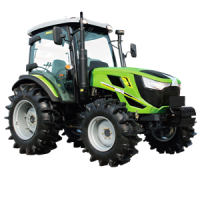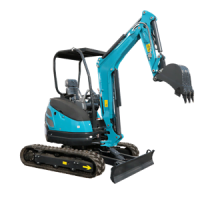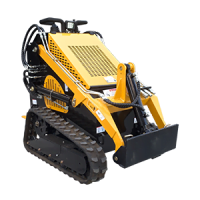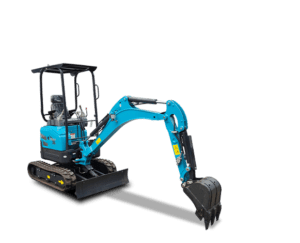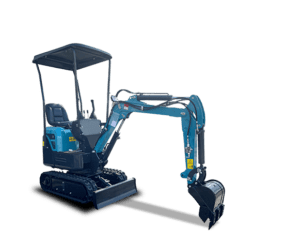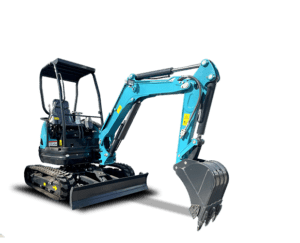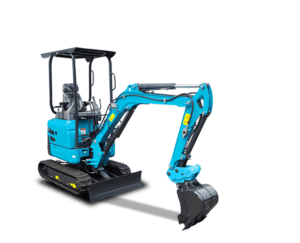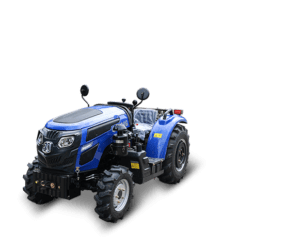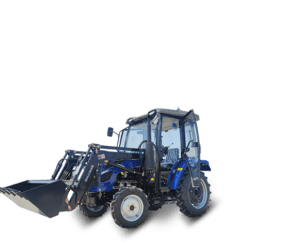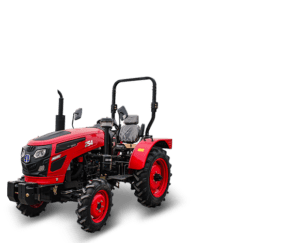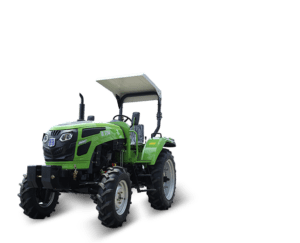شركة شاندونغ تشيلو الصناعية المحدودة
مصمم ومصنع عالميًا للحفارات واللوادر والجرارات الزراعية
فئات المنتجات آلات qilu
نوفر لك حلاً معقولاً
شركة Shandong Qilu Industrial Co. ، Ltd. هي شركة مصنعة ومصدرة محترفة تدمج تطوير وإنتاج الحفارات الصغيرة واللوادر والجرارات. نحن نقدم أفضل خدمة ، بالتأكيد.
خدمة ما بعد البيع
مراقبة الجودة
معلومات عنا
تشغيل فيديو Qilu
ODM / OEM / البيع بالجملة
تشغيل فيديو المنتج
حفارة / جرار / محمل
متخصص في
حفارة / جرار / محمل
نحن منتجون ومصدرون محترفون ندمج تطوير وإنتاج الحفارات والرافعات والجرارات.
عملية عرض الفيديو
على YouTube ، لدينا مقاطع فيديو لتعليقات العملاء ومقاطع فيديو لنماذج مختلفة من الحفارات والجرارات واللوادر. كل ما هو معروض على موقع يوتيوب.
معلومات مميزة
الجرارات الصغيرة: أداء كبير، حجم صغير
اكتشف كيف تُقدّم الجرارات الصغيرة أداءً فائقًا في المساحات الصغيرة. مثالية للمزارع وتنسيق الحدائق وغيرها.
الجرارات المدمجة: شريكك الزراعي الأمثل
اكتشف قوة الجرارات الصغيرة في الزراعة وتنسيق الحدائق والمهام اليومية. تعلم كيفية اختيار شريكك الزراعي الأمثل، واستخدامه، وصيانته.
اختيار الجرار المناسب لمعدات المزرعة
إن اختيار معدات الجرارات الزراعية المناسبة يعني فهم المهام والتضاريس ودورة الإنتاج والأهداف طويلة المدى.
اتصل بنا اليوم!
اي سؤال او اقتباس او استفسار؟ انقر فوق الزر لإرسال رسالة.
سوف Qilu Industrial دائمًا هنا للمساعدة.

